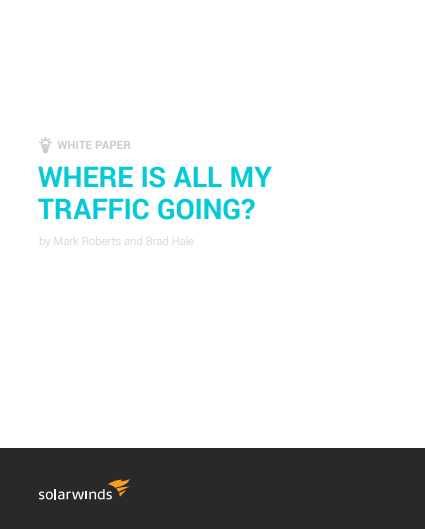
Over the last few years, there has been a dramatic shift in how IT services are delivered to organizations. What was once solely implemented and managed on-premises is now shifting to a hybrid infrastructure or entirely to an external cloud provider. These changes are being made to reduce costs, reduce infrastructure management, or a variety of other reasons.
Regardless of the motivation, the level of direct control you have diminishes as you move further into the cloud. Even if you maintain your own data center, it is likely that you are using some applications or services, such as Office 365® or Salesforce®, that are delivered over the internet. Performance of these SaaS applications is heavily dependent on the WAN, which, in turn, is provided by third-party service providers.
When connectivity is interrupted or performance degrades, troubleshooting and identifying the problem outside of your network becomes very difficult. The problem resides somewhere in the “invisible space” between your end-user and the application service (or SaaS) provider.
The intent of this paper is not to go into the gory details of internet routing protocols, but to show how you lose control and visibility once your data leaves your corporate network.